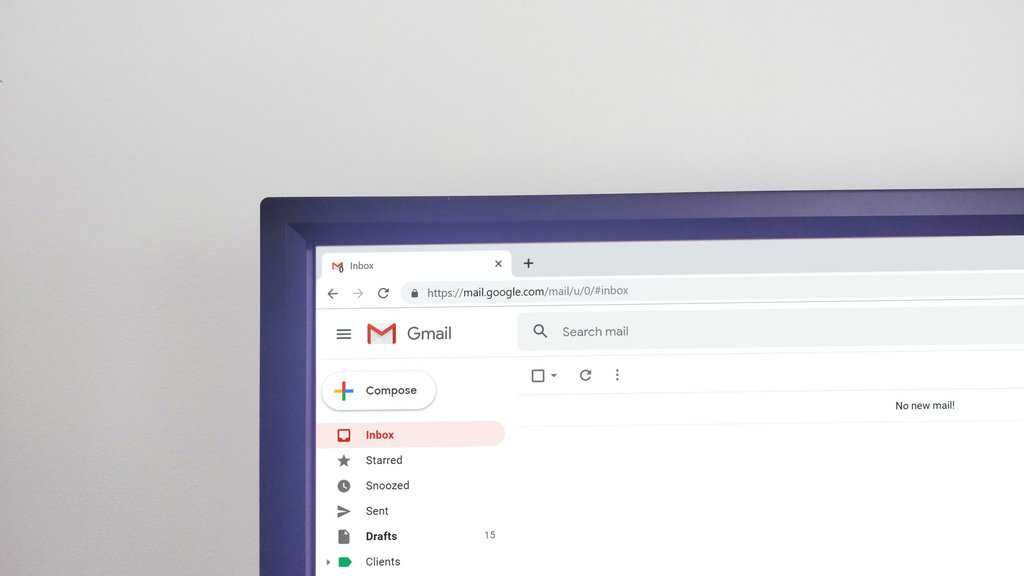Marketing mistakes happen, particularly for those who are getting started on their latest list. If you’ve been involved in marketing through email for any time, then you’re aware of the anxiety that comes with clicking send.
If you’re not an automated machine, you’ve likely found yourself in shock that you’ve sent an email spelled incorrectly, with a broken image, or any of the other typical email mistakes. In no specific order, here’s the list of the things you should stay clear of.
1. Keeping unengaged contacts
When it comes to email marketing, quantity does not mean quality. The most common error in email is to grow your list without ensuring that members are active. Instead, you should regularly cleanse your list of email addresses to eliminate subscribers who are not interested in your company. One of the most effective methods is sending a”re-optin” or reactivation campaign.
The first step is to create an unengaged subscriber segment. For instance, you can create a separate segment of subscribers who haven’t opened your email for six months or more (it’s your responsibility to decide on the requirements).
The next step is to email subscribers who are not engaged and ask whether they would like to receive emails from your company. Another option is to try different types of content for these segments and alter the frequency of your emails to see if the engagement rates increase. Additionally, ensuring your emails are properly authenticated with tools like a DKIM Generator can help improve deliverability and protect your domain from being used for fraudulent emails. Also, using an email verifier during this process ensures that any inactive or invalid email addresses are identified and excluded, improving the overall quality of your list.
2. Neglecting segmentation
Sending the same message to all your contacts is a huge email mistake that many marketers of e-commerce continue to make. The customers don’t want emails that aren’t pertinent to their interests and requirements. Seventy percent of millennials are dissatisfied with the messages they receive, emphasizing the importance of understanding millennial characteristics to craft personalized content that resonates with them. Nearly 91% of shoppers are more likely to purchase from companies that offer customized offers and recommendations for products.
3. Not writing your emails for readers
Are your emails targeted at your readers, or are they directed at your business, yourself and your objectives? If you’re in this group, then you’re making one of the most costly mistakes in marketing by not paying attention to your target customers.
This is a massive issue because the audience won’t be interested in matters that don’t concern them. They are interested in knowing what’s going on and if you don’t explain the details clearly, they’ll be bored.
4. Not sending out automated emails based on user behavior
According to BigCommerce, automating emails is among the most efficient strategies for email marketing. It lets you communicate with your customers at precisely the right time when they’ll be the most responsive to your message.
If you wish to give new sign-ups an email welcoming them or a set of emails, you’ll need to create one email that will p themintroduce them to your website as well as your most valuable products or content. The email will go out when the criteria are met (in this instance, whenever somebody new joins your newsletter).
5. Getting the timing wrong
Emails sent at an inappropriate timing or frequency is all too common of an error. We’ve all recieved a mysterious email at 3am (and therefore, subsequently neglected) or maybe recieved one email too many that led us to the unsubscribe option.
6. Using Too Many Unclear CTAs
Many marketers in the e-commerce industry tend to overdo it when beginning their journey. To prevent overloading email marketing campaigns, they create one massive email containing everything but the kitchen sink. This only confuses the readers, and lowers engagement rates.
7. Not Checking Your Analytics
Suppose you’ve been sending regular emails – great! Have you looked through your reports on campaigns to find out the results? Keep an eye on what’s working and what’s not. This is the most effective method to increase your ROI with email marketing and avoid spending money on strategies that aren’t effective.
8. Forgetting To Send A Welcome Email
Are you sending out an automated welcome email each time a new user sign-ups? If not, you simply have to. Welcome emails have four times the open rate and five times the click rate as regular promotional emails. A welcome email can build trust by proving that you’ve kept your side of the bargain.
9. Poor Subject Lines
Everybody receives a plethora of emails. This is why most people glance over every email subject line in a few seconds before just deleting everything. Everybody has read the grandiose subjects promising readers they’ll lose 20 pounds in a matter of weeks or earn six figures over a month. Utilizing a reliable subject line generator can help you avoid these gimmicky email subjects that sound like spam. Users frequently mark such subjects as spam, to the dismay of marketers. Even if readers do not label the sender, they’ve received it as spam.
10. Coming Across As Shady
Today, people are advised to steer clear of opening emails that even hint at fraudulent phishing schemes for a reason. Many have been victims of scams, while others have heard about the dangers of phishing within the press. When a business gains an image of being a fraudster in advertising, fixing the damage could be a long time-consuming process if it even happens.
Conclusion
Now that you’ve identified the most common mistakes in email marketing, you’ll know how to avoid them when creating your plan. These blunders are the “evil sister” of email marketing’s best practices.
You may get cheap Gmail accounts to help with your marketing and avoid these mistakes mentioned earlier. Each one of these mistakes is a stark contrast to the actions you must take and the things you need to do to improve your marketing.




